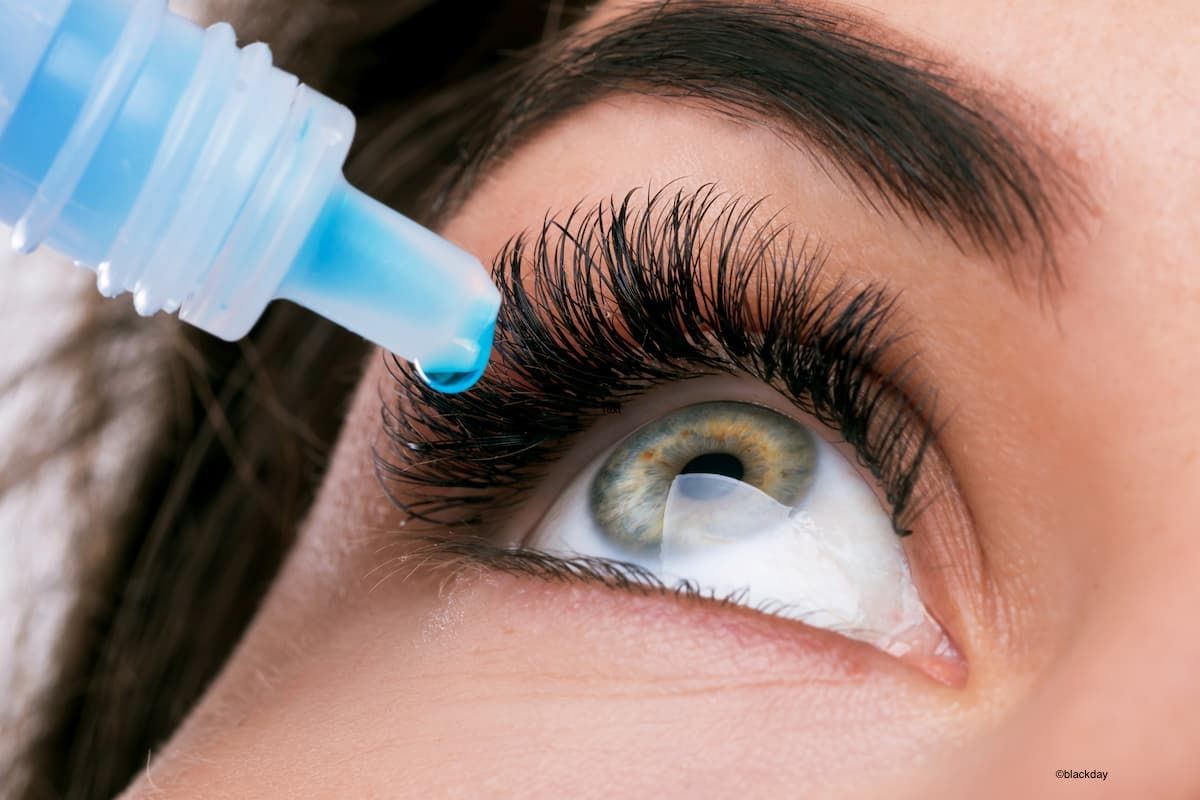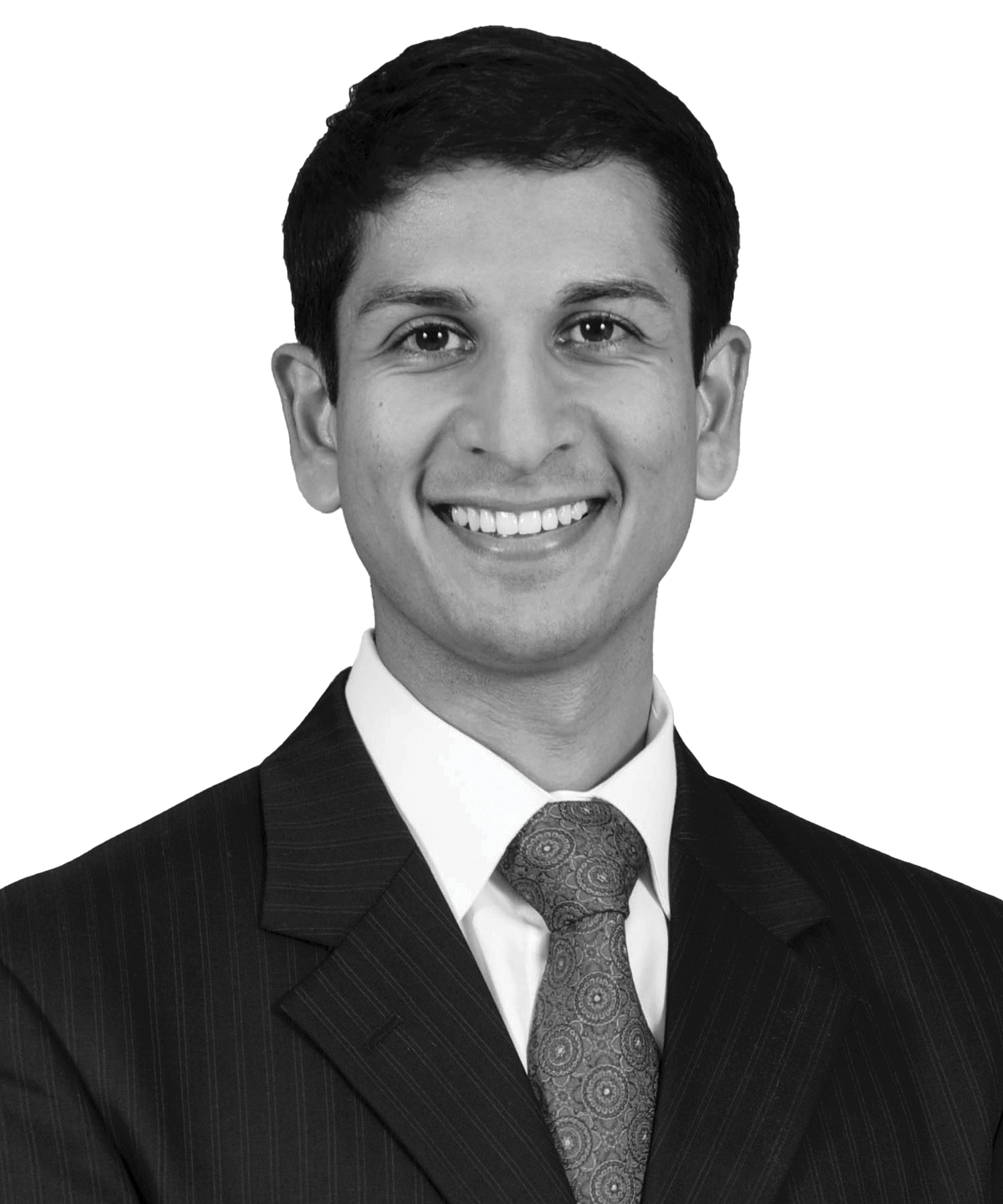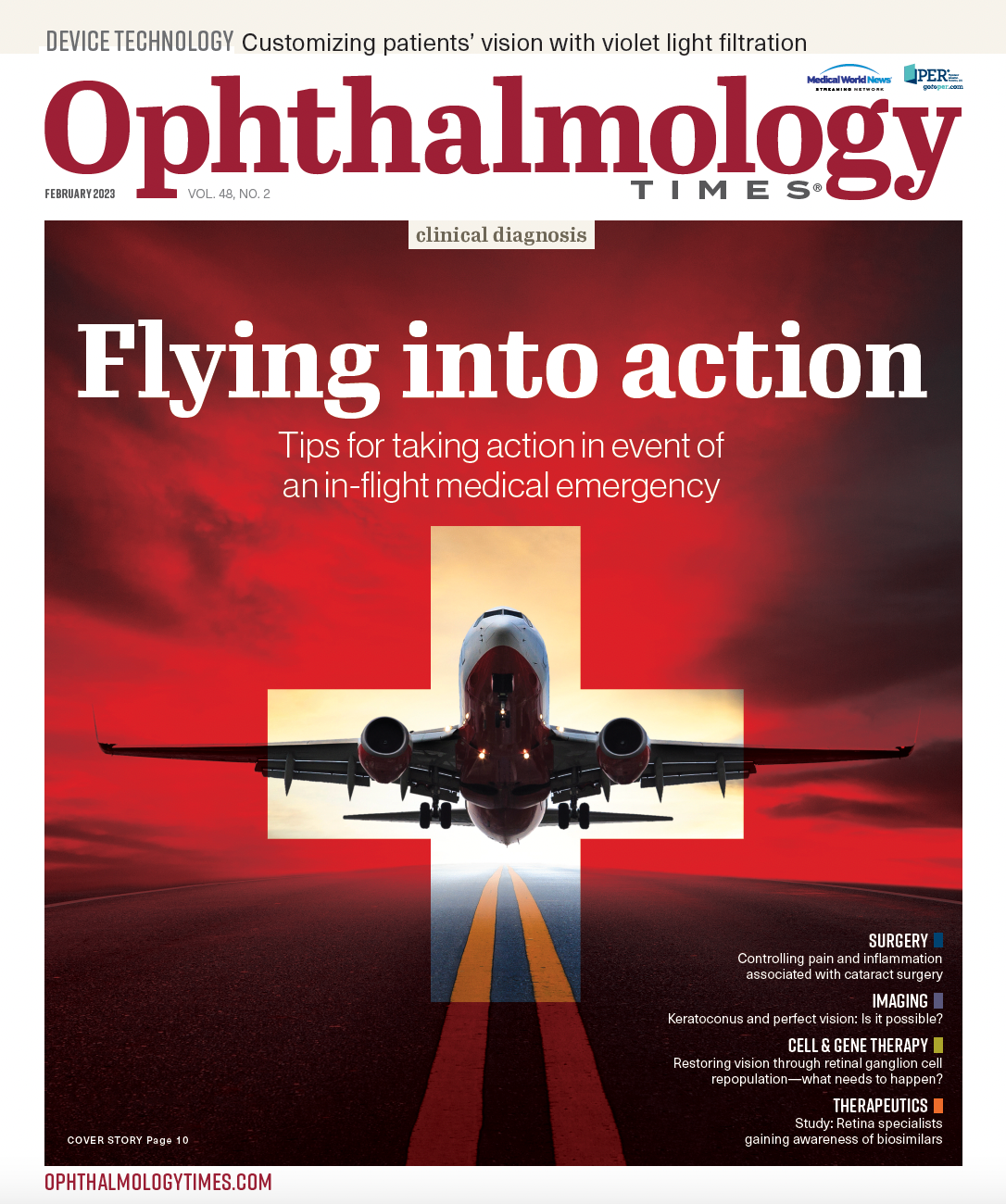Publication
Article
Digital Edition
Nutritional supplements can improve acceptance, durability of in-office dry eye procedures
Author(s):
Managing dry eye requires addressing underlying disease process with therapy, treatments
Managing dry eye requires addressing underlying disease process with therapy, treatments

Special to Ophthalmology Times®
Most of the patients with dry eye dis-ease (DED) who I see in our tertiary
center have seen multiple eye care professionals without success. They
often have overlapping forms of the disease, from aqueous tear deficiency to meibomian gland dysfunction and evaporative dry eye to mucin deficiency. They may have underlying medical conditions contributing to their DED and even progress to mechanical dry eye. Because of the complexity, I break the treatment course down to simple building blocks.
I try to establish what the most significant form of their DED is and treat that to achieve noticeable results. In my experience, many patients have been treated dismissively over the years, with little more than artificial tears and warm compresses. Frankly, these types of patients have often lost faith that they can be successfully treated, and some have resigned themselves to suffering.
Fast results give hope
My role is to give patients hope by starting with a treatment that provides immediate results. This is typically an acute intervention with TearCare (Sight Sciences, Inc) and intense pulsed light (IPL; Lumenis), which we use synergistically in our clinic. Thermal therapies such as LipiFlow (Johnson & Johnson Vision), Systane iLux (Alcon), and others also address aspects of dry eye and meibomian gland disease (MGD).
Patients will feel better quickly following an intervention; however, if the results of these acute treatments are not paired with chronic therapy, the effect will not be durable. When that happens, we lose these patients. We must simultaneously attend to the chronic aspects of their disease by addressing their underlying inflammation and MGD. Without ongoing chronic treatment, patients will ride a very expensive rollercoaster of acute interventions. Although they will enjoy peak benefit from TearCare and IPL, they will plunge into a trough in the absence of ongoing therapy. We cannot successfully treat a chronic disease with acute intervention alone. Patients will want to hop off that roller coaster, and they will not be amenable to either chronic therapies or ongoing maintenance with acute interventions.
Linking chronic and acute treatment
I believe nutraceutical therapy with HydroEye becomes the linchpin in addressing most of these patients’ long-term care. It resonates with patients when I share my own dry eye journey and treatment philosophy, so I tell them that TearCare works well for me, so I have maintenance interventions. I also explain that I have tried a variety of artificial tears and immunomodulatory therapies chronically, but I favor nutraceuticals. I believe if I can use something natural on a daily basis to support my body to treat my dry eye, so much the better. Many patients do not want to be tied to a prescription drop forever, but they are very willing to take a natural approach as long as they see results. HydroEye is effective and is backed by science.
The primary component of HydroEye’s patented formulation is the fatty acid gamma-linolenic acid (GLA), derived from black currant seed oil. Clinical data show the benefits of GLA as a precursor to prostaglandin E1 (PGE1). We know this is a potent anti-inflammatory omega that supports the tear film and the ocular surface in different ways.1 First, as a building block for PGE1, GLA enhances lacrimal production, stimulating the beta-adrenergic receptors in the gland itself, which addresses aqueous tear deficiency. Second, the product’s ingredients support mucin production in the goblet cells. Most patients with chronic DED have some level of mucin deficiency. Third, its anti-inflammatory effects improve meibomian gland output and secretion quality. This is why it fits so well for treating MGD, ocular rosacea, and posterior blepharitis, which are drivers of DED in most patients. Clinical studies show benefits on inflammatory markers and long-term corneal smoothness, as measured by topography and biometry metrics.2-8
With HydroEye, I can treat the chronic condition using a therapy that addresses the underlying mechanism of DED. With TearCare and IPL, I’m giving patients the benefit of enjoying immediate results from a cash-pay, non-covered immediate intervention. This strategy increases the likelihood that they continue to elect to have a cash-pay service. The in-office procedures feel good, are noninvasive, and are well tolerated. As they start to see results, it motivates them to continue with the chronic therapies and maintenance interventions.
Educating, cheerleading
When I have patients in the office for TearCare and IPL, I use the meibomian gland expression process to discuss their secretion quality. I can tell whether they have been using the HydroEye and warm compresses as needed. If the secretions look like toothpaste, I let them know their glands are in danger of becoming obstructed again. This is an opportunity for me to cheerlead and reinforce adherence with long-term therapies.
I am frank with patients, and I let them know that if they are lax with long-term therapy, they will need more frequent interventions, which becomes expensive. I encourage them to be consistent with the HydroEye in order to improve the durability of their acute maintenance treatments. Taking HydroEye helps them avoid spending money on extra sessions with the in-office procedures, which becomes a self-reinforcing process.
Sometimes patients say they have tried omega-3s but did not see results, so I let them know that not all omegas are the same and inform them on why HydroEye is different. I talk about the very specific balance between the GLA and DHA components that are complementary. I also tell them that fish oil has been pro- cessed, is not always well absorbed, and can have adverse effects. The formula is well absorbed, manufactured from plant-derived and high-quality fish sources, and is effective without the adverse effects you typically see associated with a fish oil, such as gastric upset and poor taste.
Conclusions
I tell patients that by taking a clinically validated supplement with GLA daily, they will not need to ride a roller coaster from one peak to a trough to another peak. By treating the chronic aspect of their DED with a baseline strategy in tandem with the periodic maintenance interventions, the latter will have a more durable effect. In turn, patients are more willing to opt for the cash-pay, noncovered service. This approach effectively manages dry eye and ensures I am build- ing trust with my patients.
Editor’s note: Reader feedback is the most powerful tool in our arsenal as we prepare content. We want to hear from you. Help shape the content by telling us what you would like to know about this topic in a follow-up article. Send us an email and let us know.
--
Neel R. Desai, MD

Neel R. Desai, MD
E: desaivision2020@gmail.com
Desai is a partner at The Eye Institute of West Florida in Tampa, a medical director at Lions Eye Bank in Tampa, Florida, and a medical director at the Corneal Transplant Research Institute. He is a consultant to Alcon; Allergan; BioTissue Holdings Inc; Johnson + Johnson Vision; Bausch + Lomb Corporation; Science- Based Health; TearScience; Lumenis; Sight Sciences, Inc; Eyevance Pharmaceuticals; Kala Pharmaceuticals, Inc; and Sun Pharma- ceutical Industries Limited.
Editor’s note: Reader feedback is the most powerful tool in our arsenal as we prepare content. We want to hear from you. Help shape the content by telling us what you would like to know about this topic in a follow-up article. Send us an email and let us know.
References
Kapoor R, Huang YS. Gamma linolenic acid: an antiinflammatory omega-6 fatty acid. Curr Pharm Biotechnol. 2006;7(6):531-534. doi:10.2174/138920106779116874
Barabino S, Rolando M, Camicione P, et al. Systemic linoleic and gamma-linolenic acid therapy in dry eye syndrome with an inflam- matory component. Cornea. 2003;22(2):97- 101. doi:10.1097/00003226-200303000-00002
Macrì A, Giuffrida S, Amico V, Iester M, Traverso CE. Effect of linoleic acid and gamma-linolenic acid on tear production, tear clearance and on the ocular surface after photorefractive keratectomy. Graefes Arch Clin Exp Ophthalmol. 2003;241(7):561-566. doi:10.1007/s00417-003-0685-x
Aragona P, Bucolo C, Spinella R, Giuffrida S, Ferreri G. Systemic omega-6 essential fatty acid treatment and PGE1 tear con- tent in Sjögren’s syndrome patients. Invest Ophthalmol Vis Sci. 2005;46(12):4474-4479. doi:10.1167/iovs.04-1394
Kokke KH, Morris JA, Lawrenson JG. Oral omega-6 essential fatty acid treatment in contact lens associated dry eye. Cont Lens Anterior Eye. 2008;31(3):141-170. doi:10.1016/j. clae.2007.12.001
Pinna A, Piccinini P, Carta F. Effect of oral lin- oleic and gamma-linolenic acid on meibomian gland dysfunction. Cornea. 2007;26(3):260- 264. doi:10.1097/ICO.0b013e318033d79b
Brignole-Baudouin F, Baudouin C, Aragona P, et al. A multicentre, double-masked, ran- domized, controlled trial assessing the effect of oral supplementation of omega-3 and ome- ga-6 fatty acids on a conjunctival inflammatory marker in dry eye patients. Acta Ophthalmol. 2011;89(7):e591-e597. doi:10.1111/j.1755- 3768.2011.02196.x
Sheppard JD Jr, Singh R, McClellan AJ, et al. Long-term supplementation with n-6 and n-3 PUFAs improves moderate-to-se- vere keratoconjunctivitis sicca: a random- ized double-blind clinical trial. Cornea. 2013;32(10):1297-1304. doi:10.1097/ICO. 0b013e318299549c

Newsletter
Don’t miss out—get Ophthalmology Times updates on the latest clinical advancements and expert interviews, straight to your inbox.





